Crabapples and birds
newjerseytea
20 years ago
Featured Answer
Sort by:Oldest
Comments (30)
jillmcm
20 years agopennsylvania_pete
20 years agoRelated Professionals
Wheeling Landscape Architects & Landscape Designers · Brentwood Landscape Contractors · Wakefield Landscape Contractors · Apollo Beach Landscape Contractors · Clearlake Landscape Contractors · Deerfield Beach Landscape Contractors · East Chicago Landscape Contractors · Fort Myers Landscape Contractors · Hayward Landscape Contractors · McLean Landscape Contractors · Ringwood Landscape Contractors · Southbury Landscape Contractors · Tehachapi Landscape Contractors · Cincinnati Driveway Installation & Maintenance · Easton Driveway Installation & Maintenanceroseunhip
20 years agonewjerseytea
20 years agosarahbn
20 years agoElaine_NJ6
20 years agoLNMP
20 years agoaka_peggy
20 years agolycopus
20 years agovonyon
20 years agojillmcm
20 years agolycopus
20 years agoroseunhip
20 years agovonyon
20 years agoElaine_NJ6
20 years agojillmcm
20 years agovonyon
20 years agosarahbn
20 years agoLyndaLee_z9TX
20 years agosarahbn
20 years agoJonesy
20 years agoroseunhip
20 years agonewyorkrita
20 years agonewyorkrita
19 years agosarahbn
19 years agonewyorkrita
19 years agojeanie
19 years agonewyorkrita
18 years agonewyorkrita
16 years ago
Related Stories

GARDENING FOR BIRDSFeed the Birds: 6 Plants for Abundant Winter Berries
Be kind to your fair feathered friends during lean food times by planting a shrub or tree loaded with nutritious snacks
Full Story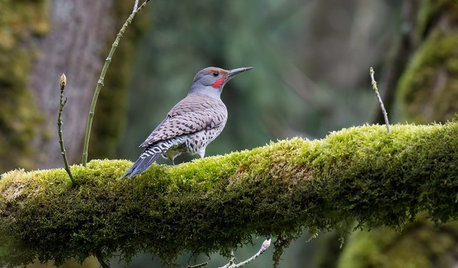
GARDENING GUIDESBackyard Birds: Healthy Home Habitats for Northern Flickers
These colorful woodpeckers found across the U.S. and Canada love berries, seeds and ants and often nest in deep burrows in trees
Full Story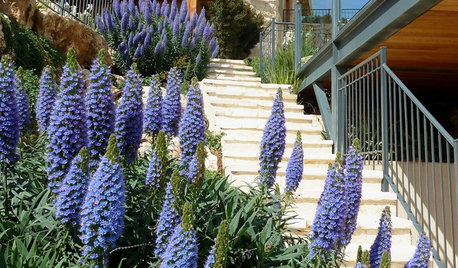
GARDENING GUIDESGreat Design Plant: Pride of Madeira
Try this drought-tolerant stunner for its massive flower spikes that burst with purple, drawing butterflies and birds to the garden
Full Story
GARDENING FOR BUTTERFLIESGarden for Wildlife to Reap Rich Rewards
When you plant with animals and insects in mind, you make gardening easier, the planet healthier and yourself more present
Full Story
FALL GARDENING6 Trees You'll Fall For
Don’t put down that spade! Autumn is the perfect time for planting these trees
Full Story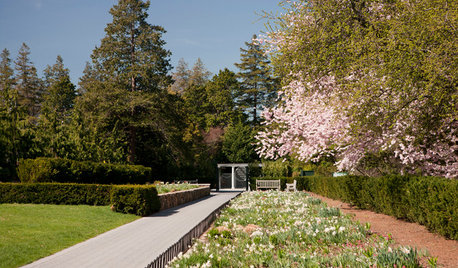
INSPIRING GARDENSA Spring Walk Through Piet Oudolf’s New Garden in the Bronx
This lush expanse of bulbs, perennials and grasses at The New York Botanical Garden is showing its color. Have a look
Full Story
GARDENING GUIDESGarden-Friendly Native Alternatives to Overplanted Exotics
There are lots of gorgeous, wildlife-friendly native plants ready to make an appearance in your garden
Full Story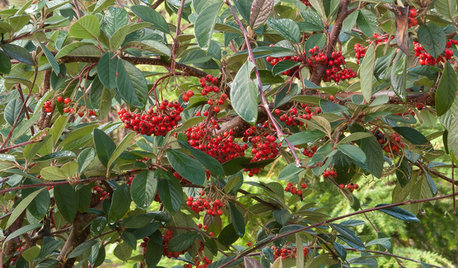
GARDENING GUIDESGreat Design Plant: Cotoneaster Lacteus
Parney cotoneaster is a low-maintenance, four-season shrub that offers great foliage, spring flowers and jewel-like berries
Full Story
MOST POPULARHouzz Call: Show Us Your Winter View!
Share pictures of your home and garden in winter — whatever your climate, architecture and plantings
Full Story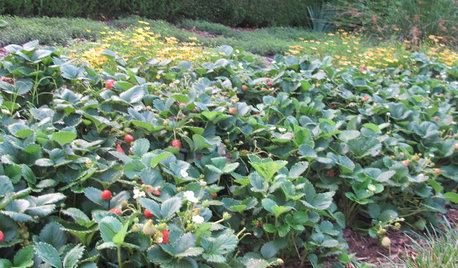
REGIONAL GARDEN GUIDESSoutheast Gardener's September Checklist
Fertilize strawberries, plant a tree or two and beckon hummingbirds to your Southern garden this month
Full Story





vonyon